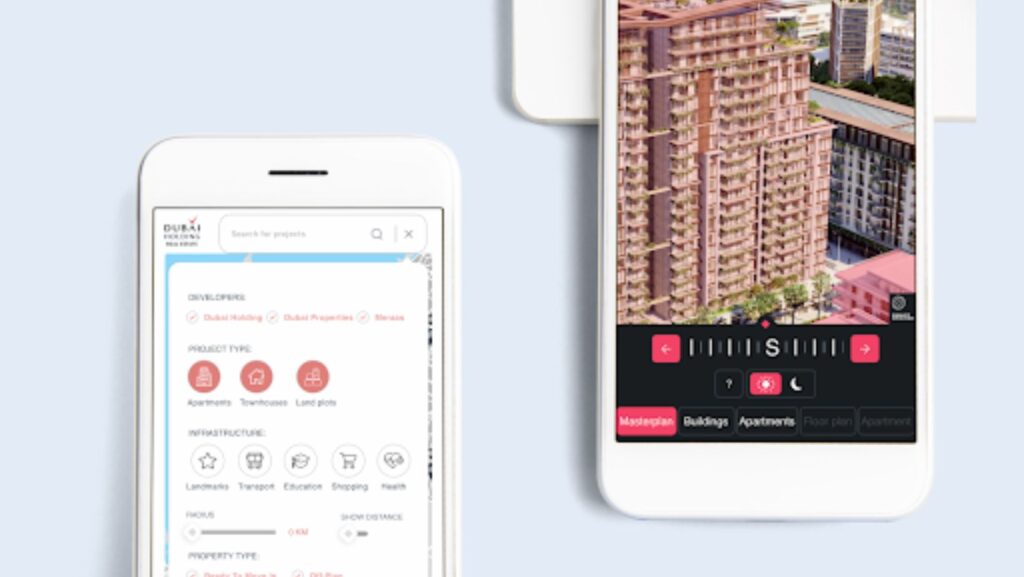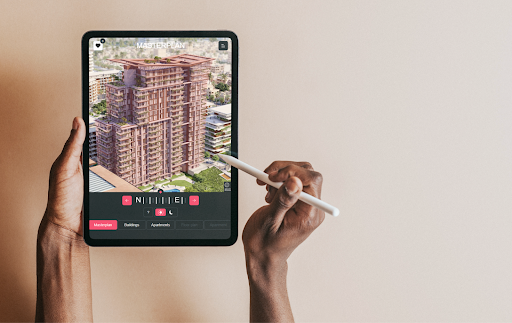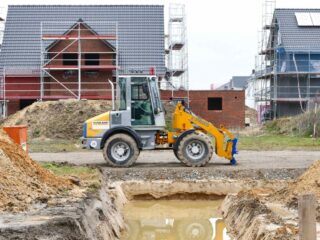
The real estate industry has always been shaped by how people search for homes and investments. From newspaper ads and classified sections to property portals and mobile apps, each era has brought new tools to help us find the perfect space. But today, we’re entering a new phase, one that goes beyond listings and static images.
With just a few taps or clicks, modern buyers can now immerse themselves in entire communities, explore buildings floor by floor, compare layouts, and even view potential lifestyle offerings around a development. At the centre of this revolution is the interactive property platform — a digital tool that’s redefining how people discover and engage with real estate online.
These platforms are more than upgraded maps. They’re dynamic environments designed to help users interact with properties in ways that feel intuitive, informative, and even fun. Let’s take a closer look at how they work, why they’re becoming so popular, and what they mean for the future of real estate marketing.
From Search to Experience: A Shift in Expectations
In the past, property searches typically involved scrolling through endless photos and reading technical descriptions. The experience was functional but passive. Today’s buyers, however, expect more. They want content that feels personalised, accessible, and engaging—especially when exploring new developments or large-scale communities.
 Interactive platforms meet these expectations by offering an exploratory experience. Instead of relying on a sales brochure or generic listings, users can navigate virtual environments at their own pace. They can explore unit availability, switch between views, compare building layouts, or click on key amenities for additional detail, all without having to leave the platform.
Interactive platforms meet these expectations by offering an exploratory experience. Instead of relying on a sales brochure or generic listings, users can navigate virtual environments at their own pace. They can explore unit availability, switch between views, compare building layouts, or click on key amenities for additional detail, all without having to leave the platform.
This interactivity turns what was once a transaction into a journey, helping users develop a deeper understanding of the property and its surroundings.
What Makes an Interactive Property Platform Different?
Real-Time Exploration
Users aren’t just reading about a building—they’re experiencing it. Interactive platforms often feature 3D masterplans, bird’s-eye views, or floor-by-floor breakdowns that can be explored in real time. Whether you want to know which apartments face the park or how far a building is from the nearest school, the information is right at your fingertips.
Smart Filters and Personalisation
These platforms can adapt to a user’s preferences. Want a two-bedroom apartment on the top floor with south-facing windows? Interactive tools allow for refined filtering and instant feedback, streamlining the search process without compromising detail.
Contextual Information
Interactive platforms are designed to offer more than just building layouts. They often integrate additional content, like lifestyle visuals, videos, local amenities, and transport links, to provide a complete picture of what it’s like to live in the area. This holistic approach helps users connect not just with a property, but with a lifestyle.
Mobile-First Experience
As mobile devices dominate web traffic, interactive platforms are optimised to perform seamlessly on smartphones and tablets. Whether users are on the go or relaxing at home, they can dive into property exploration anytime, anywhere.
Benefits for Purchasers and Renters
Confidence in Decision-Making
One of the biggest pain points in real estate is the uncertainty buyers feel when choosing a property they haven’t physically visited. Interactive platforms reduce this uncertainty by providing comprehensive visual and contextual information. When users can examine views, assess layouts, and explore amenities in advance, they feel more confident taking the next step.
Time Efficiency
Instead of scheduling multiple visits or relying on agents for basic information, buyers can shortlist options on their own time. This makes the process more efficient for both buyers and sellers, especially in busy urban markets or for international customers.
A Sense of Control
Interactive platforms empower users by giving them control over how they explore a space. Rather than being shown what a marketer wants to highlight, users can dig into the areas that matter most to them, whether it’s kitchen layouts, nearby schools, or green space.
Benefits for Developers and Agents
Better Lead Quality
When prospective buyers or tenants interact deeply with a property platform, they’re already highly engaged. By the time they reach out to a sales team, they’ve likely done their homework and are closer to making a decision. This results in better-qualified leads and a more efficient sales funnel.
Enhanced Storytelling
Interactive platforms allow developers to showcase their vision. Rather than relying on speculative imagination, they can present a cohesive, immersive story of the community or development they’re building. This storytelling element helps distinguish their project in a crowded market.
Global Reach
Interactive tools transcend geography. They enable international investors, remote buyers, or people relocating from other cities to get an authentic sense of the space with no in-person visit. This expands the market and supports long-distance property decisions.
Real-Life Use Cases
Interactive property platforms are being used across a wide range of real estate segments, including:
- Residential developments: Master-planned communities, luxury towers, and mixed-use developments benefit greatly from detailed visualisations.
- Commercial real estate: Investors and tenants exploring office or retail spaces appreciate the ability to compare layouts and foot traffic patterns visually.
- Student housing and rentals: Platforms help streamline decisions for younger audiences who are used to intuitive, mobile-friendly experiences.
- Urban planning and smart cities: Municipalities and developers are using interactive tools to communicate future visions and gather community feedback.
Are There Any Challenges?
Like any digital solution, interactive platforms must be thoughtfully designed to be effective. Overcomplicated interfaces can frustrate users, while poor mobile optimisation can reduce accessibility. Additionally, these tools must be regularly updated to reflect changes in availability, pricing, and design.

The Future of Property Discovery
We’re just at the beginning of what interactive technology can do for the real estate world. As AI and data integration improve, platforms may soon offer tailored recommendations, predictive pricing insights, and live availability updates.
Virtual and augmented reality may also play a greater role, allowing users to visualise changes in real time or explore furnished versions of a space. Imagine selecting flooring types, moving walls, or even simulating noise levels at different times of day, all from your laptop or phone.
In the coming years, the property search process will likely become fully immersive, data-driven, and user-guided, drastically improving both the experience and the outcome for buyers and sellers alike.
Conclusion: Where Curiosity Meets Clarity
Gone are the days of guessing what a property might be like. Interactive property platforms are giving users the tools to explore, compare, and fall in love with a space before ever stepping inside. They offer clarity, engagement, and convenience all in one intuitive digital package.
For developers and marketers, embracing this technology isn’t just a competitive advantage—it’s becoming essential. As consumers demand more immersive experiences, those who adapt will lead the way in reshaping how people find their next home, office, or investment.
To learn more about the possibilities of immersive property exploration, visit VisEngine.












